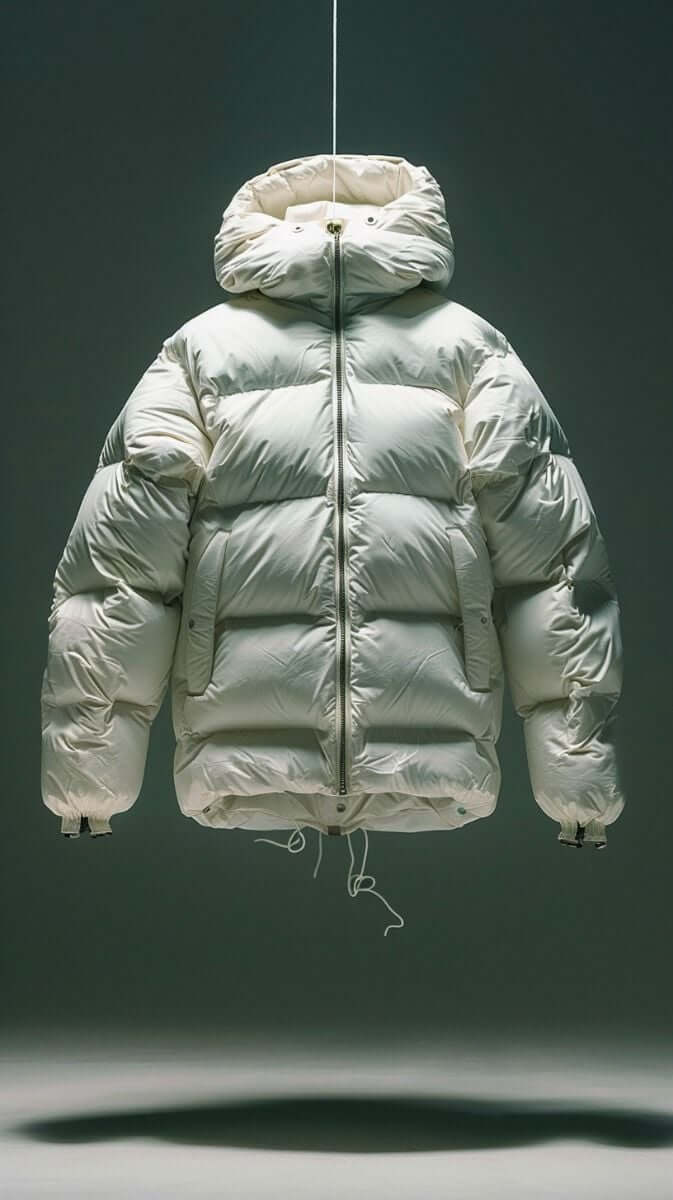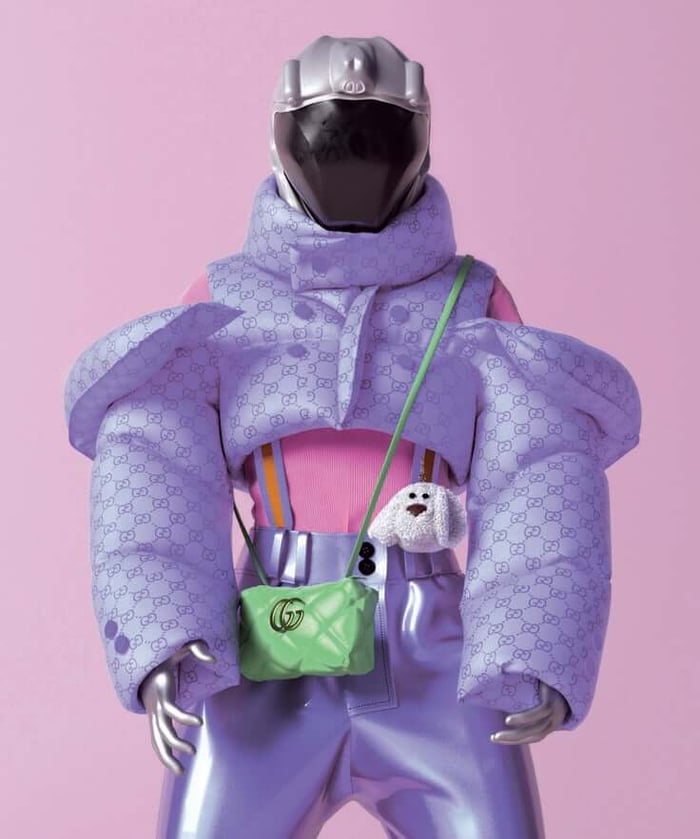How Digital Clothing Is Shaping the Future of Fashion
Table of Contents
Fashion is undergoing a digital revolution. What was once limited to runways and textiles is now expanding into pixels, immersive experiences, and the emergence of digital clothing. At the forefront of this evolution is a new form of style expression, virtual garments crafted exclusively for the digital world.
Driven by artificial intelligence and 3D design, this emerging sector is transforming how we create, wear, and even think about clothing. From avatar styling in metaverse platforms to high-fashion campaigns built entirely with virtual models, the concept of “what we wear” is being redefined beyond the physical.
In this article, we’ll explore what digital fashion means, how AI is enabling its rise, and why it’s more than just a futuristic concept, it’s a practical, scalable, and creative force reshaping the fashion industry.
What Is Digital Clothing?
Virtual fashion refers to garments that exist solely in digital environments. Unlike 3D representations of existing apparel, these are originally designed to be worn and experienced in virtual contexts, such as on avatars, in social media overlays, or through augmented reality filters.
These garments defy the constraints of traditional fashion. There are no fabric limitations, no weight, and no need for physical production. Designers can push creative boundaries with outfits that shimmer, shift colors, or float, all within a digitally-rendered space.
For consumers, virtual style offers an exciting way to express identity online. Whether used in gaming platforms, digital photoshoots, or virtual stores, these garments have become symbols of innovation, self-expression, and sustainability.

How AI Powers the Virtual Fashion Movement
Artificial intelligence is fueling much of the innovation behind this shift. In place of sewing machines and pattern cutters, creators now rely on algorithms, neural networks, and generative design models to build their collections.
Generative Design
AI tools can generate full outfit concepts based on simple text prompts, mood boards, or reference images. This allows designers to explore new aesthetics and iterate faster than ever before.
Simulation and Fit Modeling
Modern software simulates the movement of fabric, weight, texture, and drape on a variety of body shapes. These realistic previews help creators perfect their looks before publishing or integrating them into virtual environments.
Real-Time Personalization
AI can personalize clothing suggestions for users based on their digital preferences, body data, and style choices, bringing tailor made fashion into the virtual age.
Platforms like Modelia are empowering this process by allowing brands and creators to upload sketches or concepts and transform them into styled 3D images worn by AI-generated models. This drastically reduces cost, speeds up production, and democratizes access to inclusive, scalable fashion tools.

Why It Matters to the Fashion Industry
The rise of virtual garments is not just a novelty, it addresses critical challenges faced by the global apparel industry today.
1. Environmental Sustainability
Designing clothes digitally avoids the waste, pollution, and overproduction issues tied to traditional fashion. Brands can prototype and test collections without producing a single piece of fabric, cutting down on material usage, water consumption, and emissions.
2. Cost Efficiency
Photoshoots, sample production, and model casting are expensive and time-consuming. Virtual fashion eliminates these steps by providing designers with customizable avatars, styled outfits, and high-resolution visuals, all in one platform.
3. Speed to Market
Collections can be designed, revised, and published in record time. This is especially valuable for brands adapting to fast-changing trends or looking to test new concepts before launching them physically.
4. Creative Freedom
Designers can finally unleash their imaginations without material limitations. Floating silhouettes, reactive fabrics, glowing textures, anything is possible in the digital world.
5. Global Accessibility
With AI-driven platforms, fashion becomes more inclusive. Small brands, independent artists, and creators without traditional production infrastructure can now create and share their work with a global audience.
Platforms Driving the Future of Fashion
Several companies and creative tools are shaping the digital fashion landscape, offering diverse solutions for designers, brands, and tech-savvy consumers.
Modelia
Modelia is redefining how brands visualize and market fashion. Its platform allows users to transform sketches or design concepts into styled outfits modeled by AI-generated humans in realistic scenes. From e-commerce visuals to editorial campaigns, it provides a scalable, affordable, and inclusive workflow.
Learn more about digital clothing
Clo3D
Known for its detailed garment construction tools, Clo3D helps designers simulate true-to-life clothing fit and movement, ideal for pattern-making and virtual sampling.
DressX
DressX offers curated digital outfits for AR, social content, and avatars. Users can purchase looks, try them on virtually, and share them across platforms.
The Fabricant
A pioneer in digital couture, The Fabricant creates collectible, blockchain-based fashion pieces in collaboration with luxury brands and digital artists.
What’s Next for Digital Clothing?
The next chapter in fashion is being written with code, creativity, and AI. As technology advances, digital clothing is expected to move beyond experimental use and into everyday digital experiences. Soon, consumers will be able to wear the same virtual outfit across multiple platforms, social media, gaming, video calls, and even digital events, creating a consistent personal style in virtual spaces.
Hyper-realistic avatars will make virtual try-ons more lifelike, while AI-powered stylists will suggest digital clothingcombinations based on your calendar, preferences, or mood. Fashion brands may release exclusive digital collections that live entirely online, no physical production required.
As the digital wardrobe becomes a new standard, platforms like Modelia will continue to shape how creators and companies build and showcase their digital clothing collections with speed, precision, and visual impact.

Digital Clothing in Everyday Life
While much of the conversation around digital clothing focuses on designers and brands, its real power lies in everyday use. Consumers are already adopting virtual fashion for profile pictures, AR filters, and avatar styling across games and social platforms. As digital identities become more important in both personal and professional spaces, clothing that lives in the virtual realm offers people a new way to express personality, status, and creativity, without buying more physical products. It’s fashion without the footprint, and it's only going to grow.
Conclusion
The fashion industry is entering a new dimension, one where digital clothing is not just an accessory to physical fashion but a powerful medium in its own right. With AI at the core, this technology offers a revolutionary way to create, market, and wear garments that are sustainable, inclusive, and future-facing.
Whether you're a designer aiming to break creative limits, a brand exploring more efficient workflows, or a consumer eager to express yourself in virtual spaces, digital clothing opens the door to endless possibilities. This isn't a passing trend, it’s a foundational shift in how fashion is made and experienced.
Sing up for free in Modelia and keep discovering more about digital clothing
FAQ: Digital Clothing
What is digital clothing?
Digital clothing refers to garments designed and worn virtually using 3D modeling, augmented reality or AI tools. These outfits exist only in digital form and can be applied to avatars, photos, or videos.
Why is digital clothing becoming popular?
It offers sustainability, creativity and accessibility. Users can experiment with bold styles without producing physical waste, while brands can test designs virtually before manufacturing.
How can I use digital clothing in everyday life?
You can wear digital clothing on social media by applying it to photos, in virtual worlds through avatars, or in e-commerce platforms offering digital try-on experiences.
Can digital clothing benefit fashion brands?
Yes, it allows brands to cut production costs, speed up content creation, and engage customers with innovative virtual experiences like virtual try-ons and digital fashion shows.
How would you rate this article:
Related Articles
- How to Flip an Image in Seconds
- Best 5 Hautech.ai Alternatives to Explore in 2025
- Best AI Image Generator for Shopify
- Best 10 Alternatives to X-Design for AI-Enhanced Fashion Content
- The Most Followed Virtual Influencers in 2025
- Best Virtual Try-On Tools for Retailers to Boost Sales and Engagement
- Shopify vs PrestaShop: A Complete Comparison for Sellers
- How Virtual Try-On Technology Enhances Your Online Shopping Experience
- AI-Powered Video Creation: How Artificial Intelligence is Revolutionizing Video Production
- Ultimate Guide to Styling Streetwear for Women: From Casual to Chic


